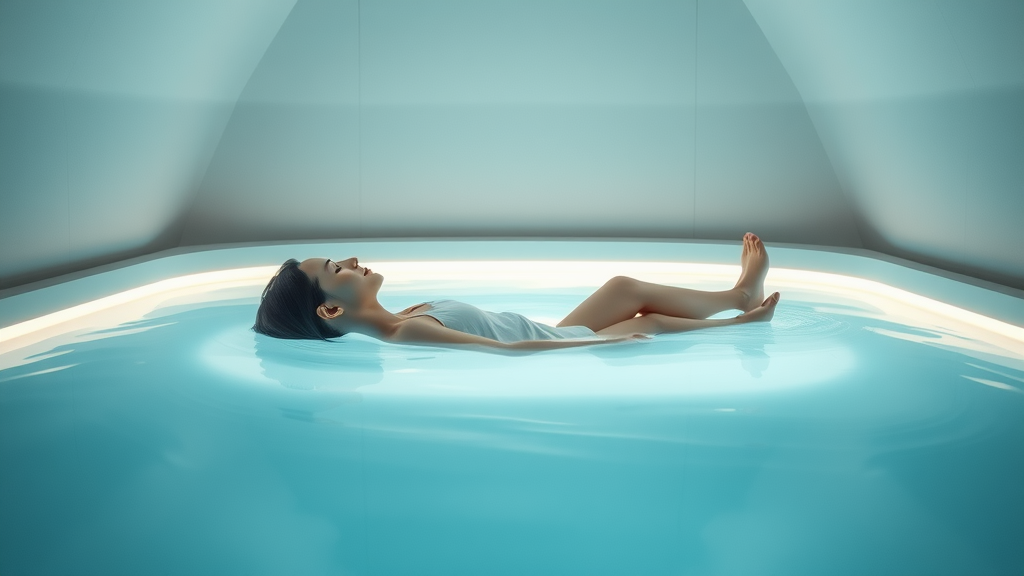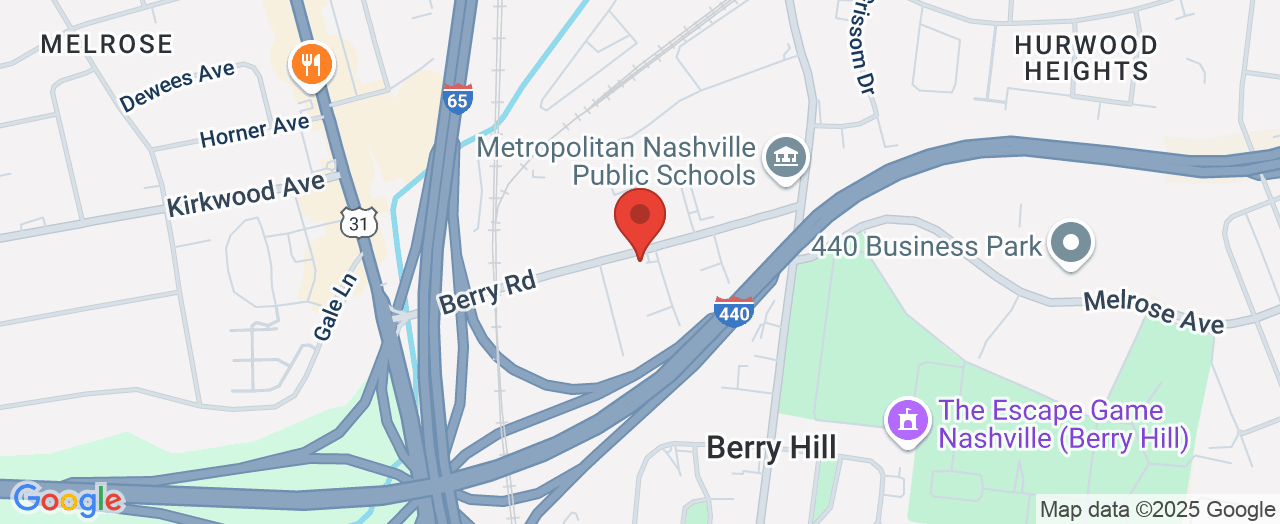The Modern Search for Calm: Why Float Therapy Captivates Today’s Stressed-Out World
In a world that seldom slows down, the quest for genuine relaxation and mental clarity is at an all-time high. Many individuals battle everyday stress, restless nights, or lingering muscle soreness with little relief from traditional methods. Imagine a space where silence replaces the jangle of daily demands, weightlessness eases the body’s tension, and even a single session shifts your mental focus. Such an experience is not an unattainable dream—it’s the unique promise of float therapy, a practice that’s gaining remarkable attention among those seeking a sanctuary from the noise.
As more people search for innovative wellness practices that go beyond standard self-care routines, the topic, “what is float therapy,” surfaces as both intriguing and essential. Float therapy offers a deeply immersive experience—an environment painstakingly designed to remove external stimuli and nurture profound calm and rejuvenation. The growing awareness around its surprising benefits signals a cultural shift, where proven methods for deep relaxation and recovery move to the forefront of self-improvement conversations. This article aims to demystify float therapy—what it is, why it matters, and why so many find themselves returning to float centers as a vital part of their wellness journeys.

Exploring Float Therapy: The Science and Practice Behind True Sensory Relief
Float therapy, also known as sensory deprivation therapy, involves reclining in a specially designed tank filled with warm water saturated with Epsom salt. This unique blend allows participants to float effortlessly, creating a sensation of complete weightlessness. With both open and enclosed tank options available, users can customize their experience for maximum comfort and peace of mind. The practice is not just about physical relaxation; by minimizing light, sound, and gravity, float therapy provides a rare opportunity to unplug from a world constantly demanding attention, delivering a state of deep serenity that fosters healing and renewal.
The physical and mental benefits of float therapy go beyond the surface. Individuals regularly report feeling greater mental clarity, enhanced muscle recovery, and richer, more restorative sleep after just one float session. By eliminating sensory input and physical pressure, the body and mind are permitted to relax in ways rarely possible elsewhere. For those unfamiliar with or skeptical about sensory deprivation, it’s important to realize how chronic stress and overstimulation can diminish overall well-being. Lacking strategies like float therapy may leave people vulnerable to mounting anxiety, lingering aches, and restless nights, underscoring why understanding this practice is so vital in today’s wellness landscape.

Why Float Therapy Feels Like a Reset Button for Your Body and Brain
Experts in restorative wellness understand that float therapy offers benefits that reach far beyond momentary relaxation. As a highlight among innovative self-care practices, float therapy provides a respite for both body and mind. Clients who incorporate floating into their routines frequently report a lasting reduction in anxiety, significant physical restoration, and improved sleep quality—all outcomes that empower individuals to approach each day with renewed focus and energy. The sensation of weightlessness in a float tank is not just soothing, but transformative, delivering deep muscle relaxation and inspiring a new sense of mental sharpness.
Beyond the more immediate comforts, float therapy serves as an antidote to the constant “noise” of daily living—offering a state of profound mental clarity many people find elusive elsewhere. This clarity often leads to improved mood, greater resilience to daily stressors, and a newfound ability to be present in the moment. The practice allows for a uniquely individualized experience: whether seeking relief from physical pain, a break from anxiety, or simply a deeper meditation, floating adapts to each person’s needs. For those striving for better overall quality of life, float therapy stands out as an accessible and holistic approach to mind-body wellness, providing measurable results after just one session.
Float Therapy’s Role in Physical Restoration and Pain Relief
One of the standout qualities of float therapy is its consistent record in supporting physical restoration. The high concentration of Epsom salts in the float tank not only enables effortless buoyancy but also soothes sore muscles, relieves joint pressure, and supports speedier recovery for athletes and those with chronic pain. Regular floating has become a preferred choice for individuals looking to address muscle tension, reduce inflammation, or simply maintain an active lifestyle with less downtime. This natural approach to relief resonates particularly with those seeking alternatives to medication or invasive procedures—demonstrating how float therapy offers benefits aligned with the body’s own capacity for healing.
Unlocking Focus: How Sensory Deprivation Powers Clarity and Calm
Stepping into a float tank means escaping relentless sensory input—no phones, conversations, or visual distractions to hijack attention. This sensory reduction is not merely restful, but deeply therapeutic: freed from the need to “process” sights and sounds, the brain enters a unique mode conducive to creativity, problem-solving, and deep inner reflection. Many participants notice a substantial increase in their ability to focus after a session, describing a sense of lightness and “mental reset” that endures hours or even days after their float experience.

For those struggling with anxiety or racing thoughts, float therapy offers a safe, nurturing space to practice mindfulness and reconnect with one’s inner calm. It is also increasingly valued as a support tool for meditation, giving both beginners and seasoned practitioners an enhanced ability to reach deeper states of concentration. In a society where attention is fragmented and stress is ever-present, the practical value of float therapy as a tool for mental clarity cannot be overstated.
Taking Wellness to the Next Level: The Float Therapy Membership Advantage
While a single float session can offer remarkable immediate results, the true power of float therapy often emerges through a consistent practice. Many float centers now offer flexible memberships tailored to fit the ever-changing demands of their members’ lives. With a regular floating schedule, individuals report pronounced and cumulative improvements—deeper sleep, ongoing pain relief, and a sustained reduction in anxiety. Regular sessions support not only the body’s physical recovery but also enhance emotional management and mental resilience, making float therapy an enduring component of comprehensive wellness.
Memberships are particularly beneficial for those viewing their well-being as an evolving journey rather than a one-time destination. This commitment empowers people to continually adapt and deepen their self-care practices, setting the stage for progressive, meaningful improvements in everyday quality of life. Whether used to support healing, enhance athletic recovery, or as a valuable adjunct to meditation and relaxation, float therapy demonstrates its versatility and impact most powerfully over time.
Guided by Passion: Float Nashville’s Commitment to Transformative Float Experiences
Float Nashville sets itself apart as a dedicated float center shaped by passion and a mission-driven spirit. At the core of its philosophy is an unwavering commitment to providing a consistent, high-quality float experience for everyone, regardless of their background or goals. The entire team floats regularly, fostering an environment where personal experience and genuine enthusiasm translate into expert guidance and unwavering support. This commitment transforms every interaction, ensuring both new and experienced floaters feel welcomed and understood throughout their journey.
Beyond technical excellence, the approach at Float Nashville emphasizes empathy and adaptability. Recognizing that each person’s wellness goals are unique, the center offers both open and enclosed tank options, creating a safe, comforting space for diverse preferences. The guiding principle is simple yet profound: be a friendly, reliable companion on each floater’s journey, empowering individuals to discover their own moments of bliss, clarity, and recovery through tailored sensory deprivation experiences.
By blending expertise with heartfelt enthusiasm, Float Nashville exemplifies how float therapy is more than a service—it’s a collaborative exploration into personal wellness, guided by those who genuinely value the transformative potential of mindful rest and rejuvenation.
Real Experiences, Real Relief: One Floater’s Journey to Wellness
The most compelling evidence for the life-changing potential of float therapy often comes from those who’ve discovered it as a last resort. Many arrive with persistent symptoms—from chronic pain to overwhelming anxiety—seeking hope where other solutions have failed. The words of one person, in particular, reveal what makes the float experience so unique:
I have fibromyalgia, which comes with a plethora of symptoms and lots of pain. Anxiety..through the roof! Going to float changed my life! The pain relief helps me stay mobile and lasts a long time and I’m a lot less anxious. Not even medication helped me this much and the experience is one of a kind.
Stories like this are not isolated. For those facing daily physical or emotional obstacles, float therapy opens a new avenue for relief and self-discovery. Taking the first step into a float tank is, for many, the beginning of regaining control and unlocking a future with less pain, less anxiety, and more of life’s moments reclaimed.
Is Float Therapy the Essential Wellness Tool You Haven’t Tried Yet?
Float therapy stands out as an essential tool in the growing landscape of holistic wellness solutions. By harmonizing physical restoration with profound mental relaxation, float therapy addresses pervasive modern struggles—from chronic pain and restless nights to the constant pressures of a digital world. The leadership of experienced float centers continues to shape industry standards, raising the bar for quality, safety, and individualized care across the field.
For anyone asking, “what is float therapy,” the answer lies in its uniquely comprehensive benefits—renewed energy, greater focus, reduced tension, and an enhanced capacity to live fully in the present. As the science and stories behind float therapy grow, this innovative approach promises to remain at the heart of wellness conversations for years to come.
Contact the Experts at Float Nashville
If you’d like to learn more about how float therapy could benefit your wellness journey, contact the team at Float Nashville.
📍 Address: 2701 Greystone Rd b, Nashville, TN 37204, USA
📞 Phone: +1 615-567-7222
🌐 Website: http://www.floatnashville.com/
Float Nashville Location and Hours
🕒 Hours of Operation:
📅 Monday: 9:00 AM – 8:00 PM
📅 Tuesday: 9:00 AM – 8:00 PM
📅 Wednesday: 9:00 AM – 8:00 PM
📅 Thursday: 1:00 PM – 8:00 PM
📅 Friday: 9:00 AM – 10:00 PM
📅 Saturday: 9:00 AM – 10:00 PM
📅 Sunday: 9:00 AM – 10:00 PM

 Add Row
Add Row  Add
Add 




Write A Comment